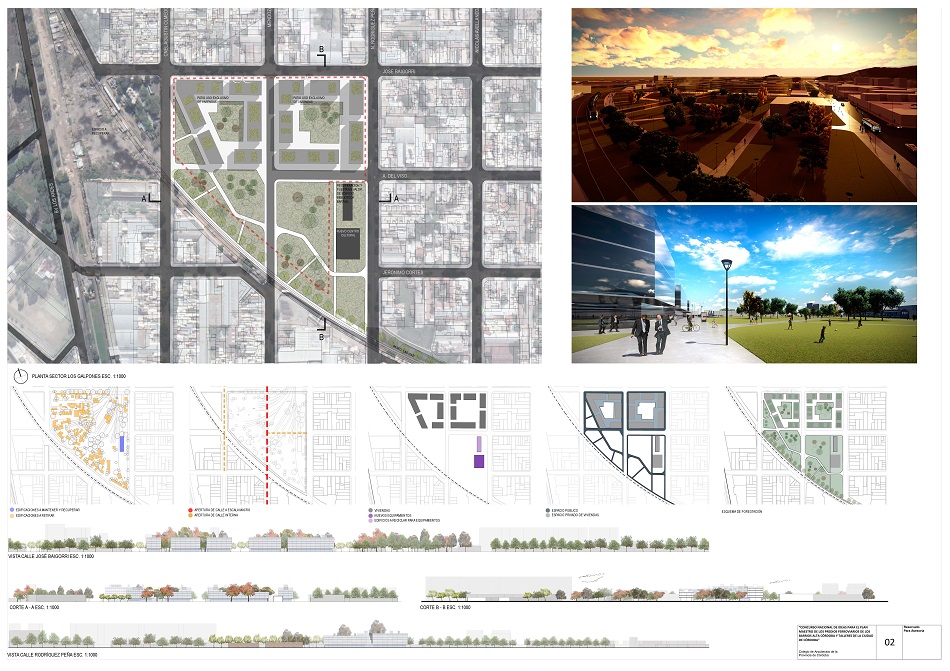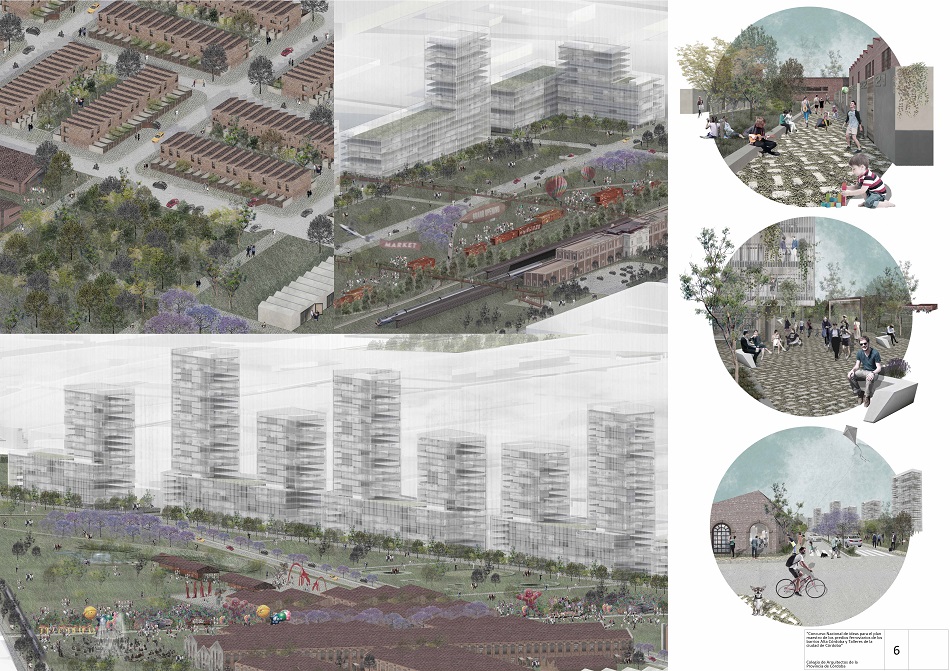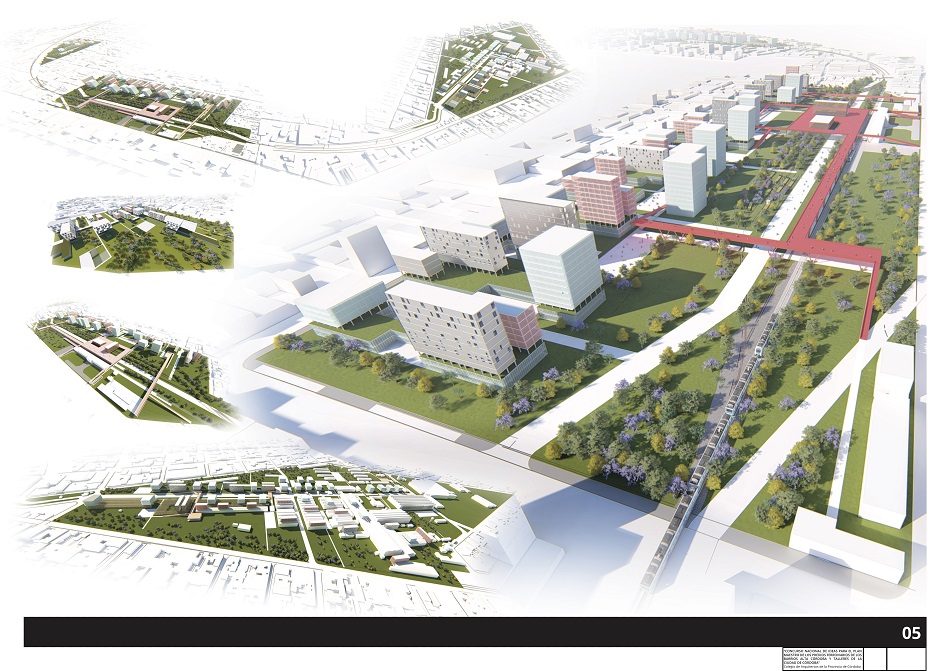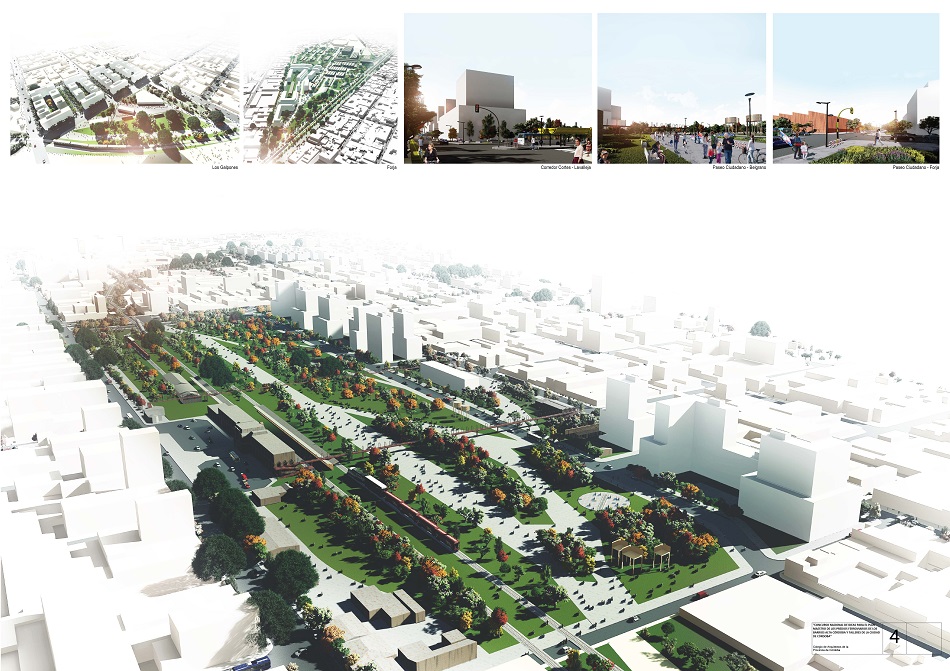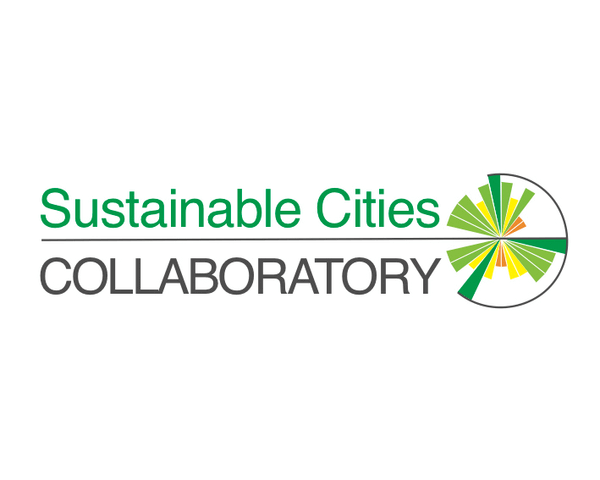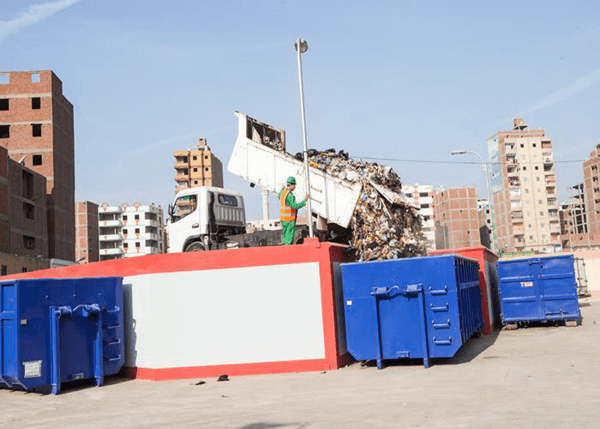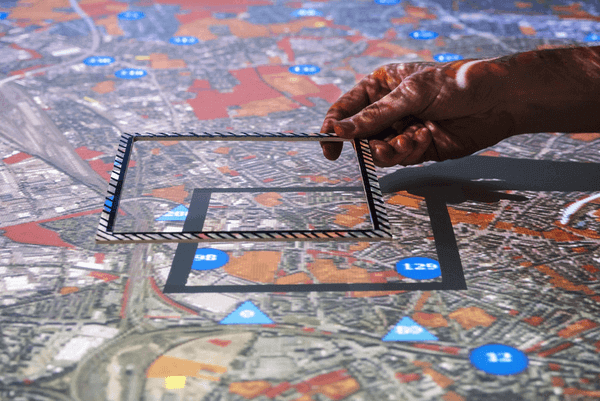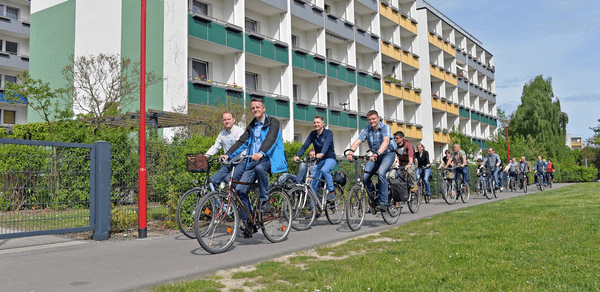Size and population development
Cordoba has a total extension of 576 square kilometres. In 2019, Cordoba had an estimated 1,446,201 inhabitants. The city is highly urban, although with a population density that is significantly lower in comparison to Buenos Aires, with 2,308 people living per square kilometre.
Population composition
The majority of the people born in Cordoba are of Italian and Spanish descent. Additionally, Cordoba hosts the second most extensive Jewish community in Argentina (after the city of Buenos Aires), and has also received an influx of people from Lebanon, Syria, Korea, China, Japan, Ireland and Croatia. It has a long multicultural tradition, with the number of foreign-born residents making up 43 percent of the population in the 1910s. Over 114,000 students studying at the famous University of Cordoba, founded in 1613, populate Cordoba. Many of the students come from the North and Northwest of Argentina, as well as from neighbouring countries like Perú, Bolivia, and Paraguay.
Main functions
The city of Cordoba is the second most populous city in Argentina, and it is located 484 metres above sea level in the nation’s central region, on the banks of the Suquía River. It is also the capital of the Province of Cordoba, which is not identical with the city. It is a place with a strong colonial tradition, maintaining its place as the country’s most active provincial city. The preeminent role of higher education and the presence of university students has earned it the nickname of La Docta or The Knowledgeable. Furthermore, Cordoba differs from other cities in the country like Buenos Aires that represent more important touristic hubs. Culturally, the city is recognized for its colonial architecture in central buildings, owed to the presence of the Catholic Jesuit order. The National University of Cordoba is one example, as it is the oldest university in Argentina and fourth in the American continent. Another example is the Jesuitic Quarter (la Manzana Jesuítica) was declared a World Heritage Site by UNESCO in the year 2000.
Main industries / business
Cordoba is a city that thrives from the commerce and services sector, which make up 77 percent of its Gross Geographic Product. In 2007, Cordoba’s contribution to the national GDP equated to 3.65 percent. The automotive industry is important as well, as the city hosts the most important terminals for car manufacturers like Renault and Fiat. For more than a decade, Cordoba has also made an effort to have an influential technological sector, made possible by the creation of a technology cluster and the establishment of national and foreign companies around the National University, which contained the largest supercomputer in Argentina between the years of 2010 and 2017.
Sources for city budget
The city budget combines the local tax revenues and capital injection. Cordoba is one of the few cities in Argentina that is allowed to collect taxes, being its largest budget source, followed by the Federal Tax-Share to which all provinces are subjected by law. Third, a budgetary source for the city of Cordoba is the revenues collected through user fees, property rents and business licenses.
Political structure
Cordoba is the capital of the Province of Cordoba which means that, in addition to local governance, the city hosts the powers of the state, housing the governorship, the Justice Superior Tribunal and the State Congress (single chamber congress). These decide on every matter except those of national interest, which means that the Province (one of 24 nationwide) possesses great degrees of autonomy according to law.
Administrative structure
The city is divided into 11 Communal Participation Centres (CPC) which serve as terminals of the municipality, to help take care of the main administrative functions of the city: green areas, waste management, public transport services, control and decision over the use of soil, etc. Each of these CPC’s is composed of a number of barrios or neighbourhoods, to which we may add the existence and presence of countries, private neighbourhoods closed off to the public. The CPC’s are complemented by neighbourhood centres (Centros Vecinales), civil associations conformed by neighbours who monitor municipal activity.
Website
http:// https://www.cordoba.gob.ar/


